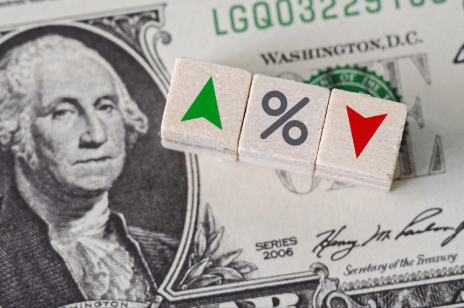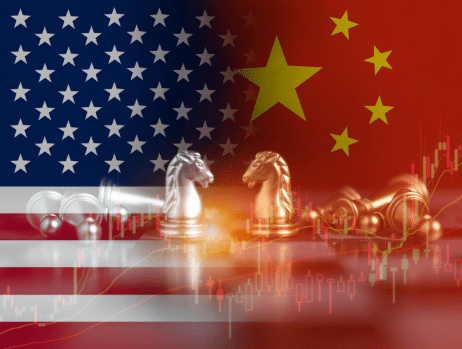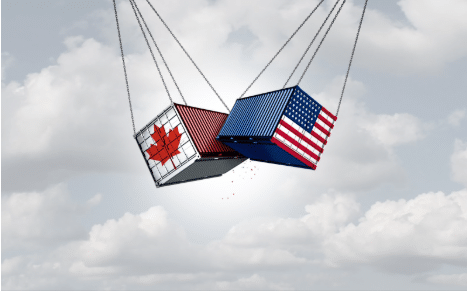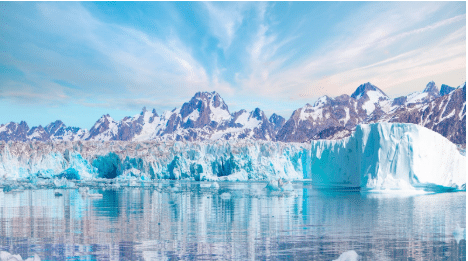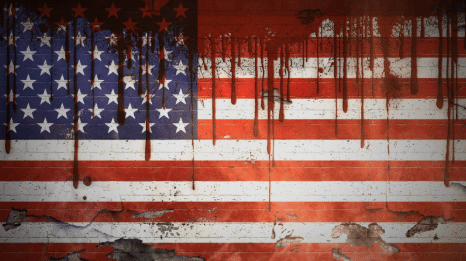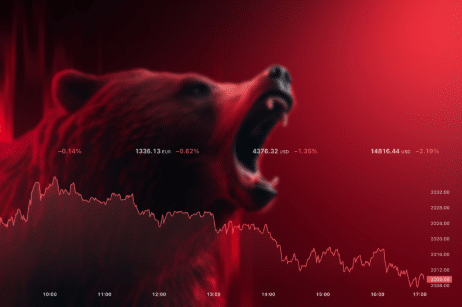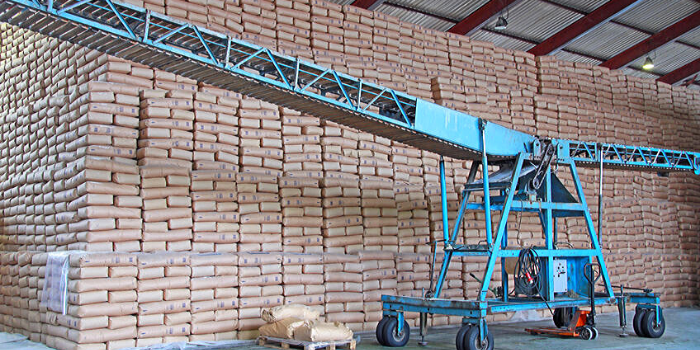
Nations Are Beginning to Stockpile Food and Suspend Exports--Higher Food Prices Ahead?
A couple of weeks ago, American shoppers noticed a run on toilet paper, hand sanitizers, and bottled water (some of us are still baffled by the last item). In just a matter of days, meat (fresh and canned), rice, and dry pasta began disappearing from the shelves.
Clearly, the demand for pantry staples far exceeded the available supply. For some shoppers, it was a matter of necessity; for others, it was a matter of hoarding, mostly out of fear.
With few reasons to look beyond immediate necessity, most shoppers might be surprised to learn that the stockpiling of food isn’t just taking place among other shoppers.
Governments are also beginning to hoard food supplies. The problem with this is that stockpiling on a country-wide level occurs on a much larger scale.
Exporting activity gets frozen, disrupting global trade, ultimately creating the conditions for food shortages among countries relying on those exports.
Take Kazakhstan. They closed the door on its exports of flour, buckwheat, onions, and other food staples. For Serbia, its sunflower oil. China, who has ample rice supplies, announced it would buy and stockpile more rice from its local producers.
Although Russia hasn’t yet frozen its exports, the country is considering it as it tries to forecast the potential economic impact of the coronavirus pandemic.
So far, there’s no indication that a food shortage is on the horizon.
As far as we know, several countries are putting a lockdown on physical mobility and gathering. Here in the US, many states have issued “stay at home” orders aimed at “flattening the curve” on the spread.
The question remains, however, that once the full economic brunt of the pandemic hits the streets, will this “lockdown” eventually spill over into local food distribution?
And if that happens, will such lockdown on an international scale transform into some kind of protectionism with regard to the food supply?
Think tank Chatham House’s research director, Tim Benton, seems to think so, saying that “We’re starting to see this happening already,” and that “ the lockdown is going to get worse.”
We know how this plays out on a local scale. The US wasn’t short in toilet paper supplies. Rather, labor and logistical disruptions brought on by the pandemic made transportation and distribution a bit more difficult.
This unleashed waves of local panic buying and toilet paper hoarding (among other things).
Now, imagine this taking place on an international trade level.
What might that look like? More stringent buying hours, curfews, price controls, forced rations?
Chatham’s Benton continues, “If governments are not working collectively and cooperatively to ensure there is a global supply if they’re just putting their nations first, you can end up in a situation where things get worse.”
I think you know where we’re going with this: a shortage in food supply also translates into significantly higher food prices.
When grocery prices start skyrocketing, the social and political fabric begins to unravel. You get instability from a local to a nationwide scale. Society just breaks apart.
On a local scale, you’ve probably noticed the slight rise in prices for simple food staples like wheat, beef, and even Mac and Cheese. Imagine seeing a massive price increase across the entire food spectrum.
On a global scale, many investors throughout the world have sought safety in the US dollar. This caused the dollar to rise against their own local currencies, reducing their own capacity to ship in commodities due to the fact that many are priced in US dollars.
It would be easy to say that Americans should seek safety in dollars by holding more cash. But now that the Federal Reserve has committed itself to “infinite QE,” the future of your dollar’s purchasing power is now as uncertain as is the outcome of the pandemic.
For the last few years, we’ve been saying that any investor interested in weathering any storm might strongly consider holding an “all-weather” portfolio: 25% stocks, 25% bonds, 25% cash, and 25% gold.
Now that stocks have crashed, and will likely continue to do so, bonds are up, and gold is up. The dollar has also risen, but it’s purchasing power will likely erode due to this coming round of QE. Stocks and bonds are measured in dollars. So the only asset left to hedge against the impending inflationary erosion is gold.
Now the balance of the “all-weather” setup makes sense. Need a clearer picture, here’s a year-over-year chart of the S&P 500, 30-Year TBonds, the Dollar Index, and Gold Futures:

Nations Are Beginning to Stockpile Food and Suspend Exports--Higher Food Prices Ahead?
The financial market is crumbling and EVERYONE will be affected. Only those who know what's going on and PREPARE will survive... dare we say thrive. Our 7 Simple Action Items to Protect Your Bank Account will give you the tools you need to make informed decisions to protect yourself and the ones you love.




